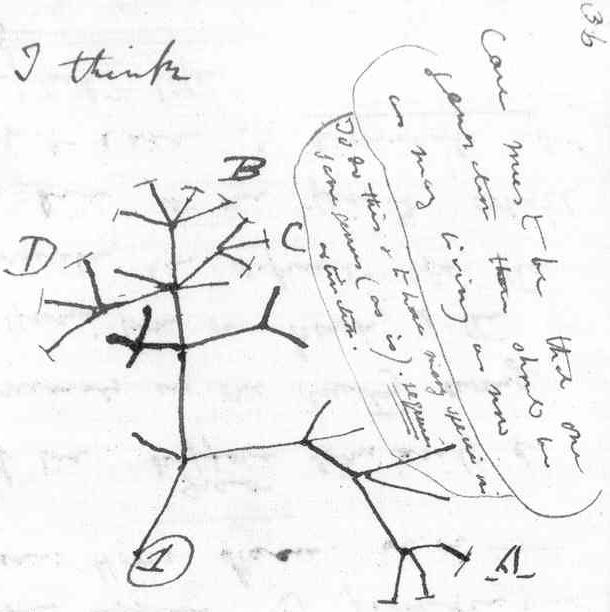Cancer is often spoken about as a single disease, but there are more than 200 different types, and it is well known that the genetic characteristics of tumours vary substantially between patients.
What is also becoming clear is that cancer is a shape-shifting beast, and can vary genetically within a single tumour, and continually evolve during a course of treatment.
This variation – and the way advantageous genetic traits are selected for under a Darwinian process of evolution – appears to be a key reason why cancers are so difficult to treat.

While information about the tumour biology can be obtained from a biopsy, a growing tumour produces cells with new mutations. Most of these mutations either have a neutral or negative effect on the cancer cells, but so-called ‘driver’ mutations might benefit the cancer. And just as a population of animals will evolve to better resist predators (by being faster or stronger), so cancer cells can evolve resistance to treatment.
I spoke to Dr Marco Gerlinger, a team leader in our new Centre for Evolution and Cancer at The Institute of Cancer Research in London, about his recent review of the research on the variation within tumours – intratumour heterogeneity – in kidney, prostate and bladder cancers.
“Researchers have known about intratumour heterogeneity for a while,” he told me.
“But next-generation sequencing has allowed us to look across the whole genome of specific cancer cells in order to gain a much more detailed insight into the genetic variation of these urological cancers.
“We saw considerable variation of driver mutations in cells from spatially separate regions of the same tumour. This is a problem, since single biopsies in these cancer types might not give enough information about the type of disease that that patient has.”
A biopsy might suggest the patient should respond to a particular treatment, when in fact other parts of the tumour could contain aggressive cancer cells that have the capacity to be drug resistant.
The authors suggest that multiple biopsies or new methods of imaging these urological cancers could provide a greater vantage point from which to survey the genomic landscape of a patient’s cancer.
With this vision of a population of cancer cells, clinicians could then target the first mutations to arise in a tumour – the so-called ‘truncal mutations’, which unlike more recent arrivals are likely to be present in every cancer cell. Such an approach could potentially circumvent the development of drug resistance.
Dr Gerlinger said that it is important to remember that a patient’s cancer is constantly changing and evolving. “We need to think carefully about the dynamic and evolutionary nature of cancers so that we can uncover the broad themes to drug resistance. For example, resistance in some cancers follows the same broad pathway – and this can be targeted with new drugs.
“There are plenty of examples in evolutionary biology where species could not adapt to changing environments and became extinct. In the longer term, we want to understand how drug therapies need to be designed in order to overwhelm the cancer’s ability to evolve.”
comments powered by